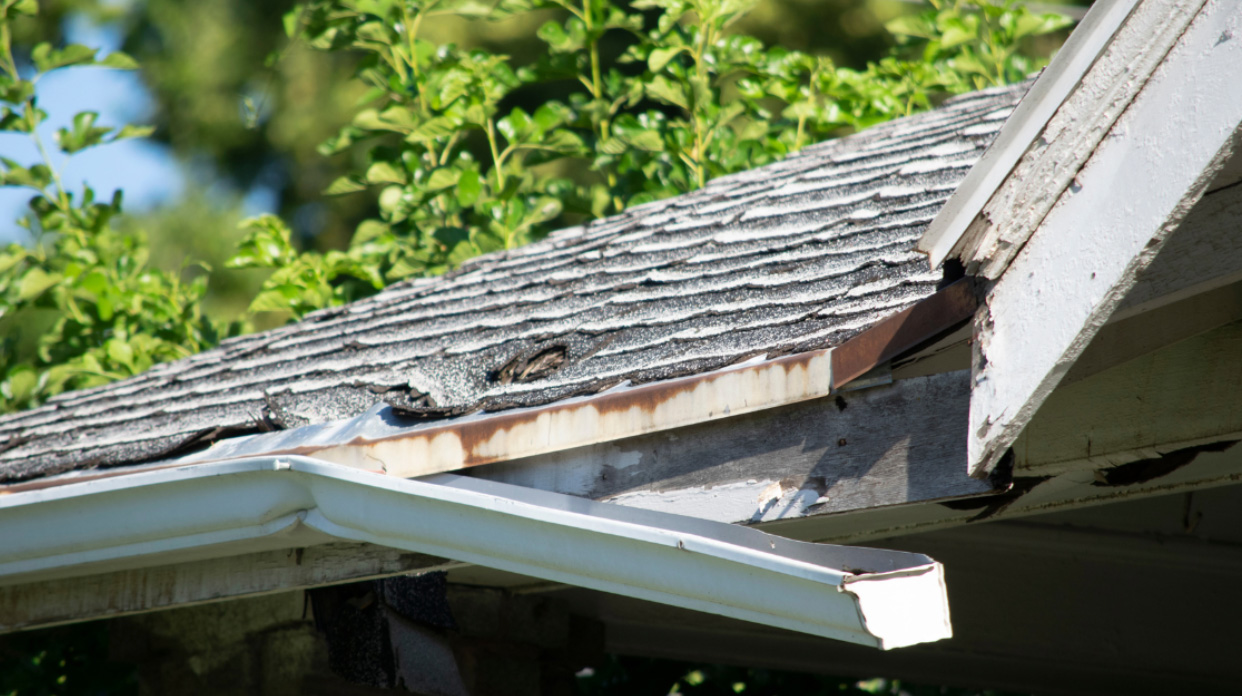As the summer comes to an end and the fall approaches, it’s a good time to take a look at your home’s exterior and make sure it’s ready for the colder and wetter months ahead. Your roofing and siding are two of the most important components of your home, as they protect it from the elements, enhance its curb appeal, and contribute to its energy efficiency. Here are some tips on how to check your roofing and siding before the seasons change, and what to do if you find any problems.
Roofing
Your roof is your home’s first line of defense against rain, snow, wind, and sun. A well-maintained roof can last for decades, but a neglected one can deteriorate quickly and cause leaks, mold, structural damage, and higher energy bills. To check your roof, you’ll need a ladder, a pair of binoculars, and a flashlight.
- Start by inspecting the interior of your home for any signs of roof leaks, such as water stains, peeling paint, or mold on the ceilings or walls. Also check the accessible attic and garage for any moisture or damage. If you find any evidence of a leak, you’ll need to locate its source and repair it as soon as possible.
- Next, climb up to your roof (or use binoculars from the ground) and look for any missing, cracked, curled, or loose shingles. These can allow water to seep into your roof deck and cause rot and leaks. You’ll also want to check for any damaged or missing flashing around chimneys, vents, skylights, and valleys. Flashing is the metal strips that seal the gaps between these features and the roof surface. If it’s bent, rusted, or detached, it can create openings for water intrusion.
- Finally, inspect your gutters and downspouts for any clogs, leaks, or sagging. Gutters are essential for directing water away from your roof and foundation. If they’re blocked by leaves, debris, or ice dams, they can overflow and cause damage to your roof edge, fascia boards, siding, landscaping, and basement. Make sure your gutters are clean and securely attached to your roof, and that your downspouts are draining away from your home.
If you find any issues with your roof that you can’t fix yourself, or if you’re unsure about its condition, it’s best to hire a professional roof inspector to perform a thorough evaluation. A certified roof inspector can identify any potential problems with your roof and provide you with a detailed report and recommendations for repairs or replacement. You can find a certified roof inspector near you through the National Roof Certification and Inspection Association (NRCIA).
Siding
Your siding is not only responsible for giving your home its curb appeal, but also for protecting it from weather damage, pests, and moisture. Depending on the type of siding you have (vinyl, wood, fiber cement, etc.), it may require different levels of maintenance and care. To check your siding before the seasons change, follow these steps:
- Look for any cracks, holes, gaps, or warping in your siding panels. These can allow water and insects to enter your home and cause damage to your walls and insulation. You’ll also want to check for any loose or missing nails or screws that secure your siding to your home.
Check for any signs of mold, mildew, algae, or fungus on your siding. These can indicate excessive moisture buildup behind your siding or poor ventilation in your home. They can also affect the appearance and durability of your siding. You can remove mild cases of mold or mildew with a solution of bleach and water (1 part bleach to 10 parts water), but severe cases may require professional cleaning or replacement.
Inspect your caulking around windows, doors, corners, and trim. Caulking is used to seal the gaps between your siding and these features to prevent air leaks and water infiltration. If it’s cracked, dried out, or missing, you’ll need to replace it with new caulking that matches the color of your siding.
Clean your siding with a soft brush or cloth and a mild detergent solution. This will remove any dirt, dust, pollen, or stains that may have accumulated on your siding over time. Avoid using harsh chemicals or pressure washers that can damage your siding or force water behind it.
If you find any issues with your siding that you can’t fix yourself, or if you’re looking for a new look for your home’s exterior, you may want to consider hiring a professional siding contractor to repair or replace your siding. A reputable siding contractor can help you choose the best type of siding for your home’s style, climate, and budget, and install it properly and efficiently. You can find a top-rated siding contractor in your area through Angi, a trusted platform for home improvement services.

